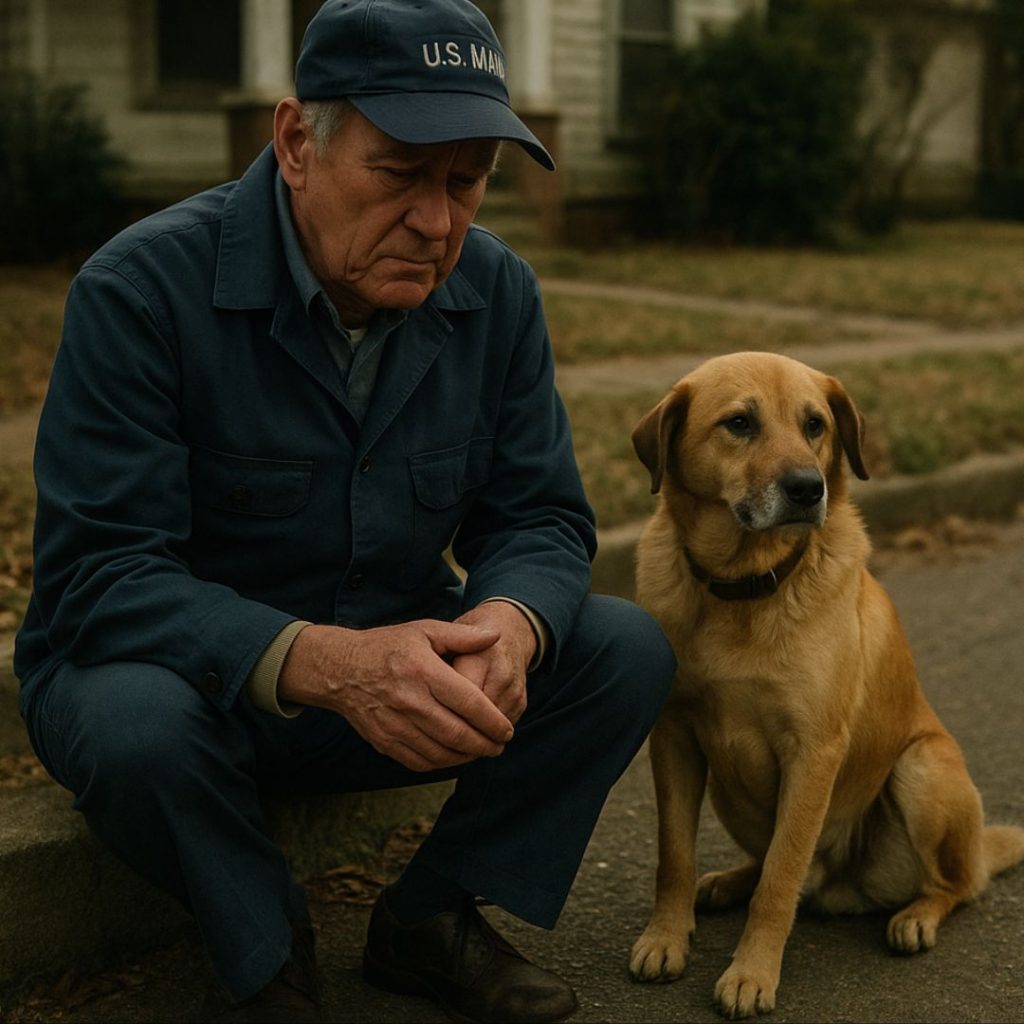Part 10: You Stood When We Could Not
The cemetery was quiet, except for the faint rustle of creosote leaves and the steady breath of desert wind.
Eli stood before Jason Grady’s headstone one last time, a canvas messenger bag slung over his shoulder, the final edition of The Camel Sketchbook held tight against his chest.
But this time, it wasn’t just Jason’s story.
This edition had three names on the cover.
Jason Grady. Azzam. Eli Morrison.
Three voices, across three decades, across three different worlds—linked by pencil lead, paper, and grief that never let go.
The gravestone still read the same:
Jason Michael Grady
1968 – 2023
“He saw what others missed.”
But someone—Carla, likely—had recently left a desert flower beneath it.
Not a rose. Not a daisy.
A handmade one, its petals crafted from strips of soda can aluminum and radio wire.
The flower had come home.
Eli knelt and opened his bag.
He pulled out a sealed envelope and tucked it between the rocks beside the grave. Inside was the latest edition of the book, bound in soft cloth, with the final page printed in color for the first time—Azzam, standing tall beside his camel, one hand outstretched toward the reader like a quiet challenge.
“Draw me standing,” the caption read.
“I want to be remembered that way.”
—
Three months later, The Camel Sketchbook was adapted into a traveling exhibit.
It opened in a quiet veterans’ museum in Kansas City. Then made its way to Boston, Portland, Dallas, San Diego. Every stop included not just Jason’s original sketches, but now Azzam’s. His drawings were placed on a wall titled:
The Boy Who Saw Too Much
A voiceover played near the end of each exhibit loop—a recording of Eli reading Jason’s original field note into the desert wind:
“He asked me to draw him standing today. I think he meant something more than posture. He wanted to be remembered as someone who never bowed.”
Veterans would lean quietly against the railings. Teachers would whisper to each other. Children would press their palms against the glass, staring at the flower.
And always, near the exit, visitors could leave a message in the Memory Ledger—a thick book where strangers scrawled their thoughts in ink and trembling pencil.
Eli would later read hundreds of them.
But the one that stayed with him came from a nine-year-old girl in Wichita:
“I think if I had to draw a hero, I would draw the boy with the camel. Because he looks like someone who forgives.”
—
On the one-year anniversary of the book’s publication, Eli was invited to speak at a university symposium titled “Art in the Aftermath of War.”
He stood on stage in front of professors, veterans, students, and strangers, and read from a page no one had yet seen—not from Jason, or Azzam, or even himself.
It was a letter.
Written by Carla.
“My brother never knew how many people his drawings would touch. He came home from the war with ghosts, and he never shook them all. But when Eli found that sketchbook, I believe something shifted. For Jason. For me. For that boy in the drawings. I think, somehow, memory started to heal.
Not erase.
Not forget.
But hold.”
Eli folded the letter quietly.
Then he raised the sketchbook and flipped to the final spread.
One side held Jason’s last sketch.
The other side, Azzam’s standing portrait—full color, full strength.
And beneath them both, Eli had written:
“Some stories are told in ink.
Others, in silence.
But the ones we carry?
The ones we finish for each other?
Those are the stories that never die.”
—
The last time Eli visited Berlin, the bookstore was closed for renovations, but Haider met him at a café nearby.
They talked long into the night—about books, about exile, about how stories float between borders when people cannot.
And before Eli left, Haider placed a small box into his hand.
“I found this buried behind the old bookshelves,” he said. “It belonged to Jason. He must’ve left it during one of his visits. I thought you should have it.”
Inside was a photograph Eli had never seen.
A candid shot.
Jason and Azzam, sitting in the dust, both laughing. Jason mid-sketch, Azzam pointing at something off-frame, eyes wide.
On the back, scribbled in Jason’s handwriting:
“He taught me how to see again.”
—
Years later, after Eli had returned to quiet teaching and quiet sketching, he received one last package—no return address.
Inside was a book, charred around the edges, sand trapped in its spine.
A copy of The Camel Sketchbook.
Someone had read it. Held it. And left it somewhere the earth could touch.
He opened to the final page.
And beneath the standing boy, a new line had been added in pencil:
“You stood when we could not.”
Eli smiled.
And closed the book.
—
Epilogue:
In a desert outside Safwan, Kuwait, a small wooden marker now stands beside the roots of a lone acacia tree.
A simple carving reads:
In Memory of Azzam
April 1991
Drawn by the war, remembered by the peace.
Beneath the earth rests a flower of wire, a pencil stub, and a copy of a sketchbook that traveled further than anyone inside it ever could.
And somewhere—across oceans, across decades—people still open that book.
Still see that boy.
Still draw him standing.


